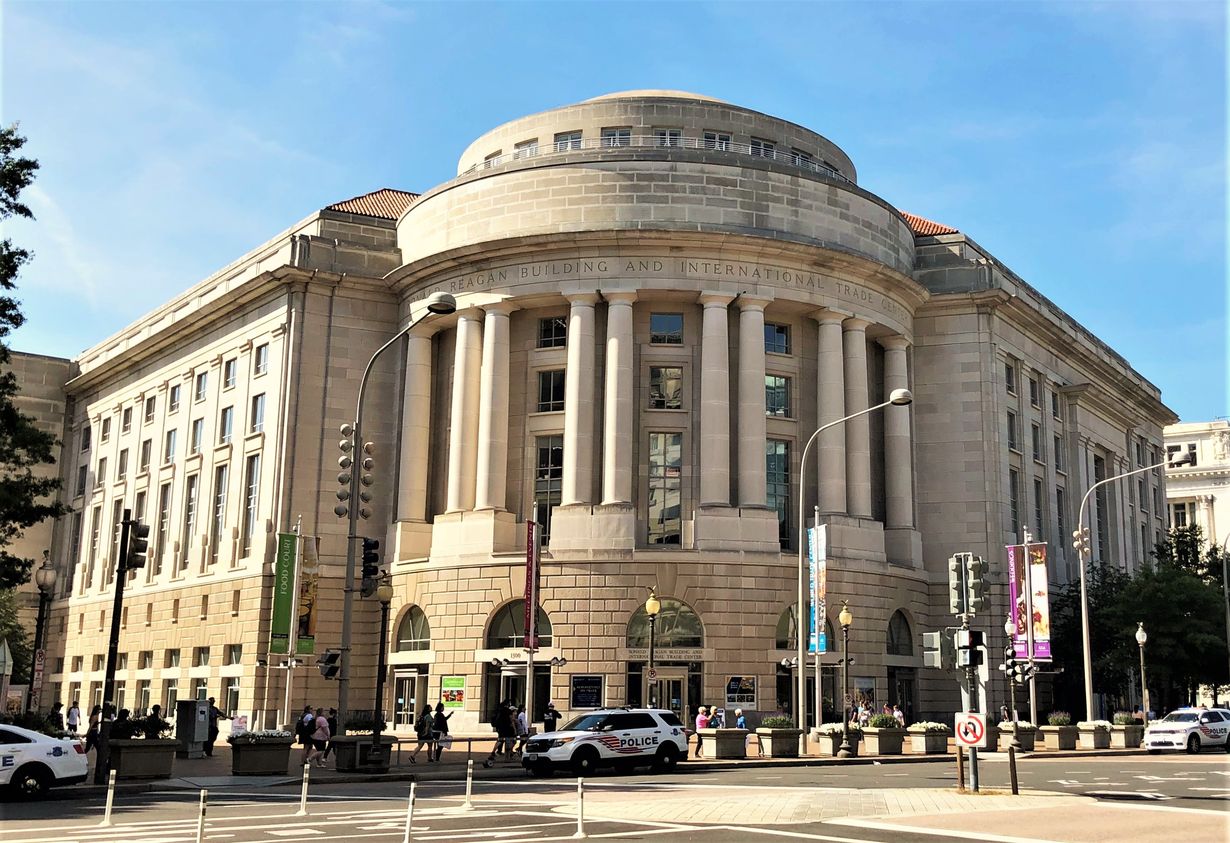Secrets Of Washington’s Ancient Trading Centers

Ever wondered about the hidden gems of Washington's ancient trading centers? These historic spots offer a glimpse into the past, where indigenous tribes exchanged goods and stories. Imagine walking through bustling markets filled with handmade crafts, fresh produce, and vibrant textiles. From the coastal regions to the inland valleys, each area had its unique trading hubs. These places were more than just markets; they were the heart of community life. Today, you can still visit some of these sites and feel the echoes of history. Ready to step back in time and explore the rich heritage of Washington's ancient trading centers? Let's go!
Discover Washington's Ancient Trading Centers
Washington State, rich in history and culture, boasts several ancient trading centers. These places offer a glimpse into the past, showcasing how trade shaped communities and economies. Let's explore some of these fascinating sites.
1. The Duwamish Longhouse and Cultural Center
The Duwamish Longhouse and Cultural Center in Seattle stands as a testament to the Duwamish people's rich history. This center offers insights into the traditional trade practices that sustained the community for centuries.
- Cultural Exhibits: Displays of traditional tools, clothing, and artifacts.
- Educational Programs: Workshops on traditional crafts and storytelling sessions.
- Community Events: Regular gatherings that celebrate Duwamish culture and heritage.
2. The Makah Cultural and Research Center
Located in Neah Bay, the Makah Cultural and Research Center preserves the heritage of the Makah tribe. This center highlights the tribe's maritime trade practices and their connection to the ocean.
- Whaling Artifacts: Exhibits showcasing tools and techniques used in traditional whaling.
- Canoe Culture: Displays of canoes and their significance in trade and transportation.
- Archaeological Finds: Artifacts from the Ozette archaeological site, revealing ancient trade networks.
3. The Suquamish Museum
The Suquamish Museum in Kitsap County offers a deep dive into the history of the Suquamish Tribe. This museum showcases the tribe's trading practices and their role in regional trade networks.
- Chief Seattle's Legacy: Exhibits dedicated to Chief Seattle and his impact on trade and diplomacy.
- Traditional Crafts: Displays of basketry, weaving, and other traditional crafts.
- Historical Documents: Archives of treaties, trade agreements, and historical records.
4. The Colville Confederated Tribes Museum
In Nespelem, the Colville Confederated Tribes Museum offers a comprehensive look at the history of the Colville Tribes. This museum highlights the diverse trade practices of the twelve tribes that make up the confederation.
- Trade Routes: Maps and exhibits detailing ancient trade routes and connections.
- Cultural Artifacts: Displays of tools, clothing, and other trade goods.
- Interactive Exhibits: Hands-on activities that teach visitors about traditional trade practices.
5. The Yakama Nation Museum
The Yakama Nation Museum in Toppenish provides an in-depth look at the Yakama people's history and culture. This museum emphasizes the importance of trade in sustaining the Yakama community.
- Trade Goods: Exhibits of items traded by the Yakama, including beads, furs, and foodstuffs.
- Historical Narratives: Stories and accounts of trade interactions with other tribes and settlers.
- Cultural Performances: Regular events showcasing traditional dances, music, and storytelling.
6. The Lelooska Museum
The Lelooska Museum in Ariel offers a unique perspective on the trade practices of the Pacific Northwest tribes. This museum features a vast collection of artifacts and cultural items.
- Totem Poles: Displays of intricately carved totem poles and their significance in trade.
- Potlatch Ceremonies: Exhibits explaining the role of potlatch ceremonies in trade and social structure.
- Cultural Demonstrations: Live demonstrations of traditional crafts and skills.
7. The Squaxin Island Museum
The Squaxin Island Museum in Shelton showcases the history and culture of the Squaxin Island Tribe. This museum highlights the tribe's role in regional trade networks and their connection to the waterways.
- Waterway Trade: Exhibits on the importance of rivers and waterways in trade.
- Traditional Fishing: Displays of fishing tools and techniques used by the Squaxin Island Tribe.
- Cultural Heritage: Artifacts and stories that celebrate the tribe's rich cultural heritage.
8. The Tulalip Hibulb Cultural Center
The Tulalip Hibulb Cultural Center in Marysville offers a comprehensive look at the Tulalip Tribes' history and culture. This center emphasizes the significance of trade in the tribes' daily lives.
- Trade Artifacts: Exhibits of items traded by the Tulalip Tribes, including tools, clothing, and food.
- Cultural Programs: Workshops and events that teach traditional crafts and skills.
- Historical Exhibits: Displays detailing the history of trade interactions with other tribes and settlers.
Discovering Washington's Ancient Trading Centers
Washington's ancient trading centers offer a glimpse into the past. These sites reveal the rich history of trade and culture in the region. From the bustling markets of the Columbia River to the coastal hubs, each location tells a unique story. Exploring these centers, you can see how trade shaped communities and connected diverse groups.
Visiting these sites provides a deeper understanding of the area's heritage. You can walk the same paths as traders from centuries ago. The artifacts and structures left behind offer tangible links to the past. Whether you're a history buff or just curious, these trading centers are worth exploring.
Washington's ancient trading centers are more than historical sites. They are windows into the lives of those who came before us. By visiting, you honor their legacy and gain insight into the foundations of modern trade and culture.

